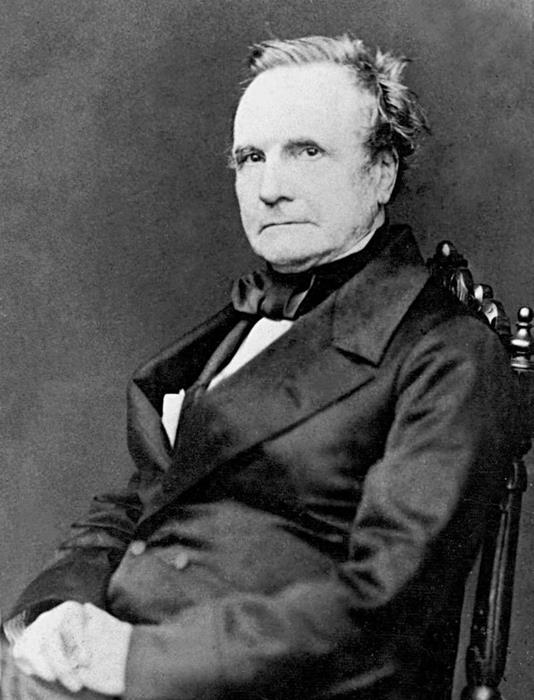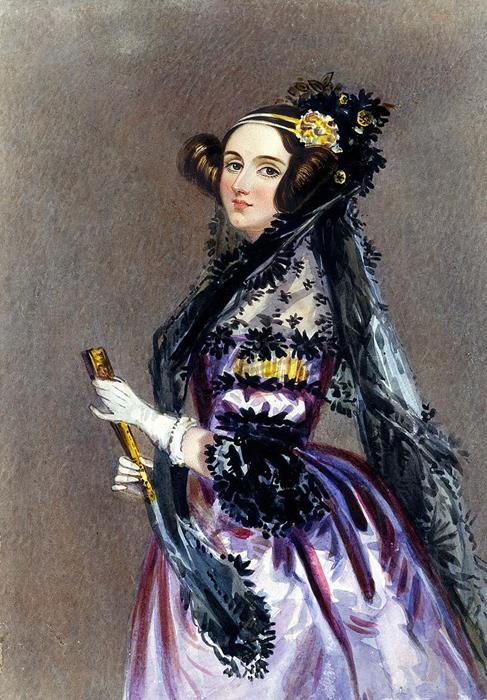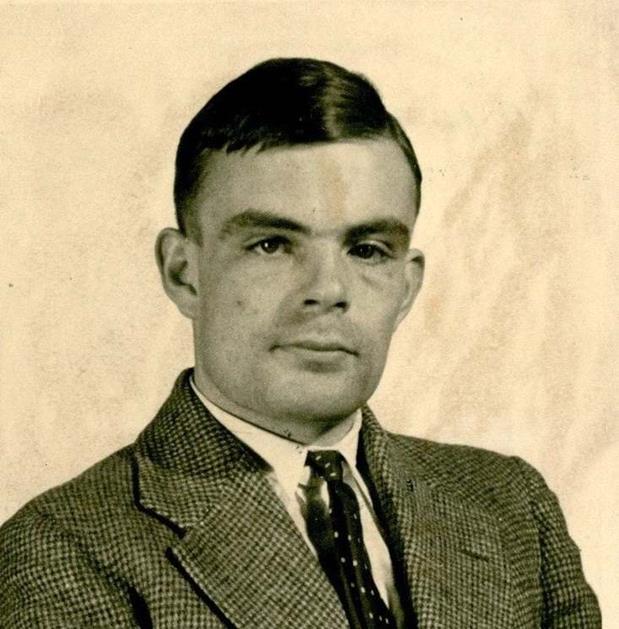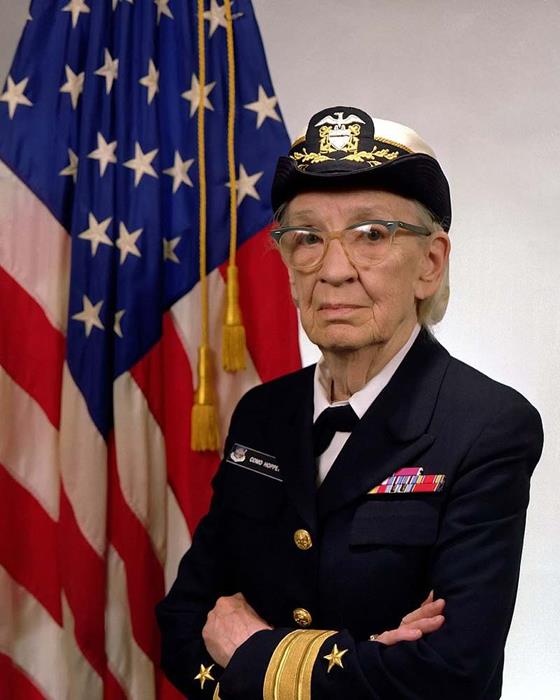Computer science stands at the heart of today’s digital world, powering everything from the smartphones in our pockets to the global networks that connect us. At its core, this field is about solving problems and creating new ways for technology to help us in our daily lives. But how did we get here? Who laid the groundwork for such a transformative discipline?
Recognizing the pioneers of computer science is more than just a nod to history. It’s about understanding the brilliant minds whose ideas and inventions have shaped the modern era. These innovators didn’t just contribute pieces to the puzzle; they envisioned what computing could become and took bold steps to bring those visions to life.
Pre-20th Century Foundations
Before the 20th century, the seeds of computer science were sown by two remarkable individuals whose work paved the way for all modern computing. Let’s take a closer look at their groundbreaking contributions.
Charles Babbage: The Architect of Computation
Charles Babbage, often hailed as the “father of the computer,” was a visionary mathematician and inventor. In the mid-19th century, he conceived the idea of the Analytical Engine, a mechanical device designed to perform any calculation or mathematical operation. This invention was revolutionary, proposing the use of a programmable machine long before electronic computers became a reality. Babbage’s Analytical Engine was the first step toward automating computation, featuring components that resemble modern computer systems, including a form of memory and a central processing unit (CPU). Although it was never completed in his lifetime, Babbage’s design laid the foundational principles of computing, making him a pivotal figure in the history of computer science.
Ada Lovelace: The First Computer Programmer
Ada Lovelace, a mathematician and writer, worked closely with Babbage and is celebrated for her work on the Analytical Engine. She saw beyond the machine’s numerical capabilities, envisioning a future where computers could go beyond mere calculation to potentially create art and music. Lovelace wrote what is considered the first computer program: an algorithm designed to be carried out by the machine. Her contributions demonstrate a profound understanding of the Engine’s potential, earning her recognition as the world’s first computer programmer. Lovelace’s insight into the broader applications of computing devices illustrates an early comprehension of computer science as a discipline not limited to arithmetic, but as a tool for innovation across various fields.
Theoretical Foundations
The journey into the theoretical underpinnings of computer science brings us to two monumental figures: Alan Turing and Alonzo Church. Their work not only shaped the course of computing but also offered profound insights into the nature of computation and intelligence.
Alan Turing
Imagine a world where computers can think and solve problems just like us. Alan Turing made the first strides towards this reality with his groundbreaking concept of the Turing machine. This idea, simple yet powerful, imagined a machine that could simulate any other machine’s logic, laying the foundation for the computers we use today. Turing didn’t stop there; he also proposed the Turing test, a method to determine if a machine can exhibit intelligent behavior indistinguishable from a human. His contributions have etched his name in history, not just as a pioneer but as the visionary who laid the groundwork for modern computing theory.
Alonzo Church
While Turing was redefining what machines could do, Alonzo Church was exploring the depths of mathematical logic. His introduction of lambda calculus, a formal system for expressing computation based on function abstraction and application, was a monumental leap forward. This wasn’t just another mathematical puzzle; it was a language that could describe algorithms, predating and influencing the development of all programming languages. Church’s work in logic and mathematics cemented his legacy as a pioneer who introduced foundational concepts that continue to influence computational logic and algorithms today.
Development of Programming Languages
The evolution of programming languages is a key chapter in the story of computer science, marked by the innovations of John Backus and Grace Hopper. Their work revolutionized how we communicate with machines, making it easier and more intuitive.
John Backus
John Backus led the team that developed FORTRAN (FORmula TRANslation), the first high-level programming language, in the 1950s. Before FORTRAN, programming required intricate knowledge of machine code, a barrier that made computer programming formidable for many. FORTRAN changed the game by allowing scientists and engineers to write programs using formulas and expressions similar to those in their own disciplines. This breakthrough significantly enhanced the accessibility and efficiency of programming, enabling more complex calculations and broader applications of computing technology.
Grace Hopper
Grace Hopper, often celebrated for her visionary approach to computing, played a pivotal role in the development of COBOL (Common Business-Oriented Language). Drawing from her experience and the need for a more accessible programming language, Hopper’s work on COBOL laid the groundwork for business and financial computing. She was also a pioneer in the development of compilers, programs that translate written code into machine language, further bridging the gap between human thought and computer execution. Hopper’s contributions made programming more practical and widespread, democratizing computer use beyond the scientific community to businesses and everyday users.
Establishment of Computer Science as a Discipline
The establishment of computer science as a distinct academic discipline owes much to the vision and efforts of George Forsythe. Recognizing the transformative potential of computing technology, Forsythe was instrumental in bringing computer science into the academic fold.
George Forsythe
George Forsythe was a forward-thinker who saw beyond the immediate applications of computing machines. He understood that for technology to truly evolve and serve society, there needed to be a formalized system of education and research dedicated to the study of computing. With this vision, he set about advocating for computer science as its own field of study, distinct from mathematics or engineering.
His most notable achievement came when he founded the Computer Science Department at Stanford University. This wasn’t just an administrative act; it was a bold statement about the importance of computer science and its potential impact on the world. By establishing one of the first computer science departments in the United States, Forsythe not only provided a home for this emerging field but also helped shape the future of technology education and research.
Contributions from Mathematics and Logic
The narrative of computer science is richly intertwined with contributions from mathematics and logic, prominently highlighted by the work of Claude Shannon and John von Neumann. Their groundbreaking efforts not only advanced computational theories but also laid the foundation for the development and design of modern computing systems.
Claude Shannon
Claude Shannon introduced the mathematical theory of communication, a revolutionary framework that became the cornerstone of digital circuit design theory. This theory, detailed in his landmark paper, “A Mathematical Theory of Communication,” provided the tools for understanding and improving the transmission of information over networks. Shannon’s insights into how information could be quantified, encoded, and transmitted efficiently transformed telecommunications and computing. His designation as “the father of information theory” underscores his critical role in shaping the digital age, impacting everything from data compression to error correction in digital communications.
John von Neumann
John von Neumann’s contributions to computer science are equally monumental, particularly his development of the von Neumann architecture, a model for computer design that underpins virtually all modern computers. This architecture introduced the concept of storing instructions and data in the computer’s memory, allowing for the execution of complex programs. Von Neumann’s ability to synthesize mathematics, physics, and computing into groundbreaking advancements has had a lasting impact, influencing the design and functionality of contemporary computing systems.
Conclusion
Computer science, as demonstrated by these pioneers, is inherently interdisciplinary, drawing on mathematics, logic, engineering, and even philosophy. This blend of disciplines has allowed computer science to evolve rapidly, adapting to new challenges and opportunities. It has become a catalyst for innovation, pushing the boundaries of what is possible in technology and, by extension, society at large.
As the field grows, it continues to influence every aspect of technology and society, from the development of cutting-edge artificial intelligence to the way we communicate, work, and live. The history of computer science is not just a record of past achievements but a roadmap for future exploration and discovery.







